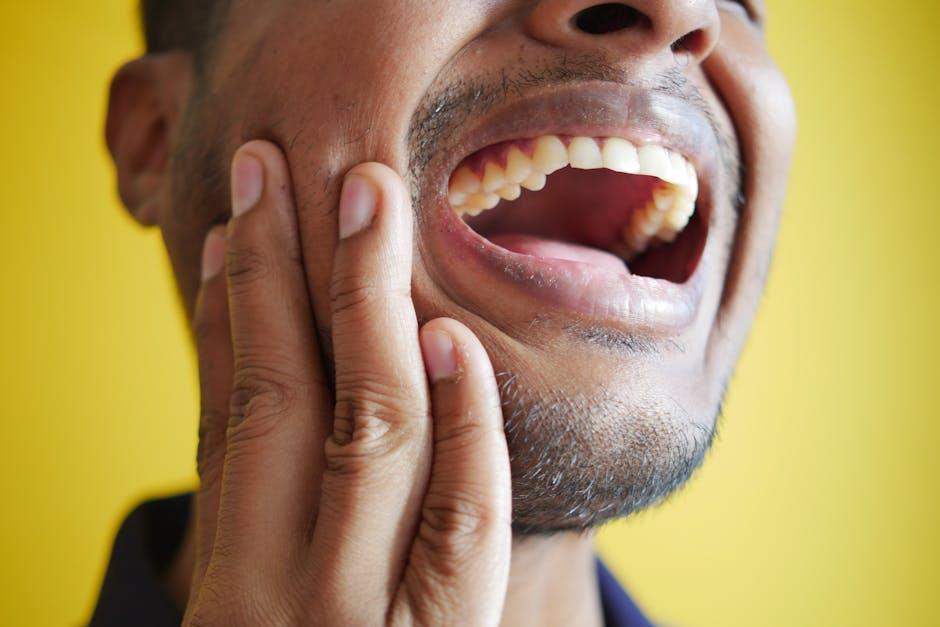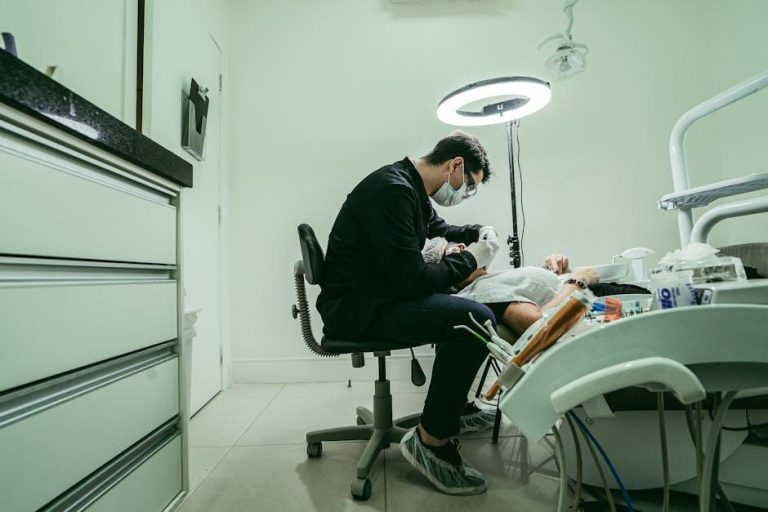
What Qualifies As A Dental Emergency? – Texas A&M
Dental emergencies can be alarming and painful experiences that require immediate attention. Knowing what qualifies as a dental emergency helps you respond quickly, protecting your oral health and minimizing damage. At Texas A&M, understanding the symptoms and severity of dental issues is essential for timely, effective care. This comprehensive guide will walk you through common dental emergencies, how to recognize them, and what steps to take if you or a loved one encounter a dental crisis.
Understanding Dental Emergencies
A dental emergency involves dental conditions that require urgent care to relieve severe pain, stop bleeding, or prevent permanent damage to your teeth and gums. Prompt treatment is critical because delays can lead to complications such as infections, tooth loss, or prolonged discomfort.
Common Types of Dental Emergencies
- Severe toothache resulting from infections, decay, or injury
- Knocked-out tooth (avulsed tooth) due to trauma
- Chipped or broken tooth that causes pain or bleeding
- Dental abscess presenting with swelling, pain, and pus
- Lost dental fillings or crowns causing discomfort
- Broken braces or wires causing injury or pain
- Soft tissue injuries to the lips, gums, tongue, or cheeks
- Excessive bleeding after dental procedures or injuries
Signs You’re Experiencing a Dental Emergency
Dental problems can sometimes seem confusing, especially when pain fluctuates in intensity or you’re unsure if the issue is urgent. Here are clear signs that signal an immediate dental emergency:
- Unbearable or worsening pain that does not improve with over-the-counter painkillers
- Visible trauma to teeth or gums, such as a broken, loose, or missing tooth
- Swelling of the face or jaw which can indicate infection
- Bleeding that won’t stop after injury or dental procedure
- Difficulty breathing or swallowing due to oral swelling
- Signs of infection including fever, red gums, and bad taste
- Severe tooth sensitivity to hot or cold that lingers
What To Do In a Dental Emergency: Practical Tips From Texas A&M
Proper action during a dental emergency can save your teeth and reduce complications. Follow these steps when you or someone around you encounters an urgent dental issue:
- Stay calm and assess the situation. Panic can worsen the problem or delay care.
- Control bleeding. Apply gentle pressure with clean gauze or a cloth.
- Retrieve and preserve a knocked-out tooth. Hold it by the crown (top), rinse gently with water, and store it in milk or saline if possible. Avoid touching the root.
- Reduce pain and swelling. Use a cold compress on your cheek for 10–20 minutes.
- Avoid eating on the affected side. Stick to soft foods and avoid extreme temperatures.
- Call your Texas A&M dental provider immediately. Describe your symptoms to determine if emergency care is required.
- Visit the emergency dental clinic. Don’t delay care—early treatment can prevent permanent damage.
When is It NOT a Dental Emergency?
Not every dental issue demands an emergency visit. Some conditions can wait for a routine appointment without risking harm:
- Mild tooth sensitivity
- Small cavities without pain or infection
- Loose dental restorations not causing discomfort
- Mild gum irritation or bleeding during brushing
Dental Emergency vs Regular Dental Care: A Quick Reference
| Situation | Emergency Care Needed? | Recommended Action |
|---|---|---|
| Knocked-out tooth | Yes | Contact emergency dentist immediately, preserve tooth |
| Mild toothache | No (Usually) | Schedule routine dental exam |
| Abscess with swelling & fever | Yes | Seek urgent dental & medical care |
| Lost filling, no pain | No | Consult dentist soon |
| Broken wire causing injury | Yes | Visit emergency dental clinic |
Benefits of Knowing What Qualifies As A Dental Emergency
Understanding dental emergencies helps you:
- Act quickly to save your teeth and reduce pain
- Avoid unnecessary emergency room visits
- Improve communication with dental professionals
- Prevent complications like infections or tooth loss
- Gain peace of mind knowing when to seek help
Case Study: How Quick Action Saved a Tooth at Texas A&M
Recently, a Texas A&M student experienced a dental emergency when their front tooth was knocked out during intramural basketball. The student immediately followed emergency guidelines—handled the tooth by the crown, rinsed it carefully, and placed it in milk. Within 30 minutes, they reached their emergency dentist who successfully reimplanted the tooth. This quick response preserved the tooth and avoided complicated implants or dentures.
Conclusion: Be Prepared for Dental Emergencies with Texas A&M
Dental emergencies can happen unexpectedly, but knowing what qualifies as an emergency and how to respond can make all the difference. From severe pain and knocked-out teeth to infections and trauma, prompt and informed action ensures you maintain your oral health. Texas A&M encourages students and community members to educate themselves on emergency dental care and establish a trusted dental provider for worry-free smile protection. If you encounter any dental issue that fits the emergency criteria, don’t hesitate—reach out to a Texas A&M emergency dental specialist immediately.
Your smile deserves urgent care when it matters most. Stay informed, stay calm, and trust Texas A&M for expert emergency dental support.


